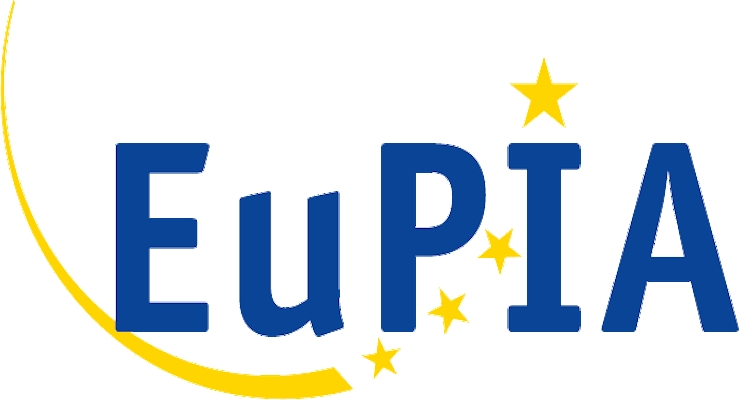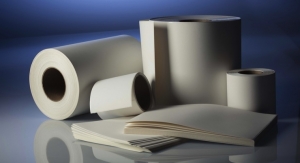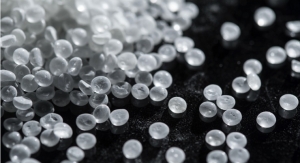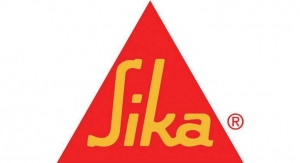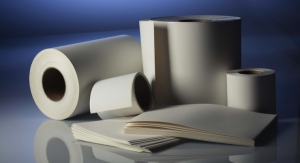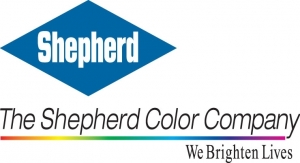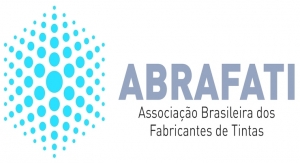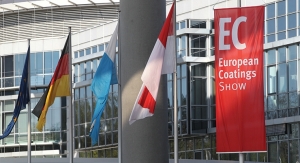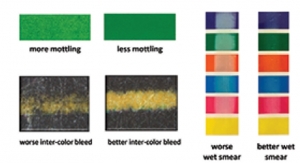08.14.19
The European Printing Ink Association (EuPIA) updated its Suitability List of Photoinitiators and Photosynergists for Food Contact Materials which identifies the suitability of photoinitiators and photosynergists for use in printed food contact materials, such as coatings, inks and varnishes for the non-contact side of food packaging.
The list acts as part of EuPIA’s industry product stewardship program for brand owners and printers and provides a guideline of recommended raw materials that are deemed suitable for printing on sensitive product packaging, including food-safe products.
The Suitability List has been revised and adjusted to reflect changes in permitted migration limits and to remove previously listed materials which have become subject to EuPIA’s Exclusion Policy following their hazard reclassification as part of the REACH registration process. The list, which previously featured three tables, now has a simplified format and has been reduced to just one table, with more succinct definitions and descriptions.
EuPIA advises that in all cases the recommended materials should only be considered as suitable for use if their performance in inks and varnishes meets the migration limits defined in Annex 10 of the Swiss Packaging Inks Ordinance (SR 817.023.21) 01.05.2017 and that any Non-Intentionally Added Substances (NIAS) present can be proven to migrate below the level deemed to be acceptable for that material, based on EuPIA Guidance for Risk Assessment of Non-Intentionally Added Substances (NIAS) and Non-Listed Substances (NLS) in printing inks for food contact materials. Furthermore, the final measurement of migration compliance is the responsibility of the printer, in line with recognized converters’ good manufacturing practices, and the end-user.
“'Suitability List of Photoinitiators and Photosynergists for Food Contact Materials'” forms part of EuPIA’s product stewardship approach as an industry," said Dr. Martin Kanert, EuPIA’s executive manager. "By providing this updated, standardized set of guidelines, our intention is to support brand owners and printers by giving them peace of mind that they are complying with industry standards and ensuring that their packaging is ultimately safe for end-users.”
The list acts as part of EuPIA’s industry product stewardship program for brand owners and printers and provides a guideline of recommended raw materials that are deemed suitable for printing on sensitive product packaging, including food-safe products.
The Suitability List has been revised and adjusted to reflect changes in permitted migration limits and to remove previously listed materials which have become subject to EuPIA’s Exclusion Policy following their hazard reclassification as part of the REACH registration process. The list, which previously featured three tables, now has a simplified format and has been reduced to just one table, with more succinct definitions and descriptions.
EuPIA advises that in all cases the recommended materials should only be considered as suitable for use if their performance in inks and varnishes meets the migration limits defined in Annex 10 of the Swiss Packaging Inks Ordinance (SR 817.023.21) 01.05.2017 and that any Non-Intentionally Added Substances (NIAS) present can be proven to migrate below the level deemed to be acceptable for that material, based on EuPIA Guidance for Risk Assessment of Non-Intentionally Added Substances (NIAS) and Non-Listed Substances (NLS) in printing inks for food contact materials. Furthermore, the final measurement of migration compliance is the responsibility of the printer, in line with recognized converters’ good manufacturing practices, and the end-user.
“'Suitability List of Photoinitiators and Photosynergists for Food Contact Materials'” forms part of EuPIA’s product stewardship approach as an industry," said Dr. Martin Kanert, EuPIA’s executive manager. "By providing this updated, standardized set of guidelines, our intention is to support brand owners and printers by giving them peace of mind that they are complying with industry standards and ensuring that their packaging is ultimately safe for end-users.”

